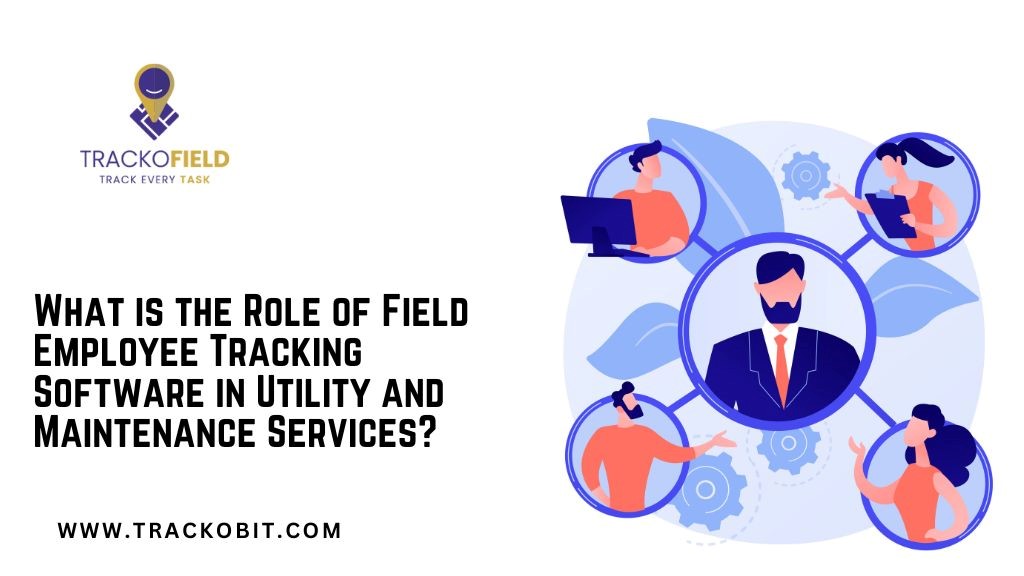
Companies have suffered huge losses from fraud. In any company, an effective strategy will be put in place for fraud detection. In this way, the strategy puts all its essential parts together, each working in a symphony to help avert fraud. Fraud remains a significant drain on assets and a critical inhibitor to most of the institutions' success.
This article aims to discuss eight essential elements every company should have in their AML fraud detection strategy. All these elements can help any company avoid fraud. It does not even matter if it is a big or small company. The elements that lead to detecting fraud constitute a strategy, they can bring out the fraud early before a significant loss.
Customer Due Diligence
Any company needs to know and understand their customers. Companies have to make sure who their real customers are. This is called due diligence on the customer. Reasonable due diligence of customers can help in fraud detection, AML, and also fraud detection in finance. When a company takes the trouble to verify names, addresses, IDs, and other details of customers, it is easy to spot if any fraudulent activity happens on their accounts later. Catch false or stolen identities, and be diligent before they occur and cause the loss of money.
Monitoring Transactions Effectively
To guard against scams, businesses should keep a close watch on client transactions. It's essential to look out for unusual patterns and amounts in transactions because these are vital clues in spotting fraud. Companies can halt suspicious transactions early by setting up notifications for odd quantities and frequency of transactions.
This monitoring is also critical for detecting fraud related to money laundering (AML). Transactions that move funds or to risky places can be flagged for further review before any significant theft occurs. The Association of Certified Fraud Examiners estimates that the typical organisation loses over $140,000 annually due to fraud involving transaction amounts that are less than $10,000.
Detecting Anomalies in Behavior
Customers have consistent spending habits and behaviors. To detect fraud, companies study these habits for any unusual changes that might indicate someone else has taken over an account. Signs like making many transactions that don't fit usual patterns or moving money in strange ways could point to fraud that needs more attention. Spotting these early signs is crucial in preventing fraud.
Investigating Alerts Thoroughly
When monitoring tools notice anything odd, businesses need to investigate each case. An in-depth investigation might show that there's no fraud happening. Detailed checks are essential for both protecting clients and enhancing monitoring tactics over time. Ignoring these alerts can allow money laundering to go unnoticed. Dedicating time to investigating each alert helps strengthen anti-money laundering measures.
Updating Detection Strategies Regularly
New tactics in fraud and money laundering always come up. For that reason, companies can never rest in how they detect such activities. The strategies will have to be redesigned based on the results of the investigation and new trends rather often. Reviewed and enhanced fraud and anti-money laundering solutions to stay ahead of these changing criminal methodologies.
Collaboration Across Departments
Each department has a partial view of what is normal versus abnormal for customers, but through collaboration and shared information, different parts of the company can do a better job judging transactions and catching suspicious signs. Their combined knowledge supports more informed decisions for AML detection. Cross-team cooperation provides a well-rounded approach to handling fraud. Global losses to fraud reach over $5 trillion annually according to a 2021 report from the Association of Certified Fraud Examiners.
Educating Staff on Fraud Trends
Professional development for employees is an important part of any overall plan to identify scam. An organization's first line of defense against these bad things is its workers, especially the many of them who deal with customers every day. There needs to be clear information given on what to look for when trying to find the red flags.
Telling your customers about some of the popular scams can also help safeguard the more vulnerable groups from falling victim in the first place. Regular refresher training should be given at all levels, from management to frontline workers, on detection and prevention techniques. A better-trained team in the traditional and emerging trends will help ensure that an organization performs anti-fraud efforts at all levels. Education increases both internal security awareness and external customer defense.
External Data Sources
An organization's customer records provide invaluable insights. However, when internal data is merged with external sources, it takes an organization's fraud detection to the next level. Third-party databases and open web resources might cause a lot of risk factors that are not contained in the institution. For example, screening the names of new clients and their known associates against international sanction lists would help identify any potential political exposure or money laundering ties before the opening of accounts.
Aggregators can also provide the critical context of adverse media, litigation records, or even geographic spending patterns to augment an existing customer profile further. From this account, external data in due diligence should be embraced as it bypasses the limitations of analyzing the client in isolation and instead gives a rounded view of the risk.



